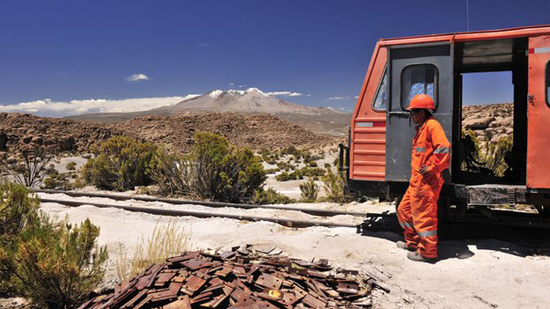
(above) The Arica-La Paz railway reaches a height of 4,200km (13,800ft).
Bolivia-Chile railway marks 100 years at time of strife
May 13, 2013 - BBC
By Gideon Long BBC News, Arica, Chile
Chile is marking the centenary on Monday of one of the most spectacular railways in the world, a railroad that straddles the Andes and lies at the heart of the country's long-standing border dispute with Bolivia.
(below) On its 440km it crosses some of Chile's and Bolivia's most inhospitable terrain.
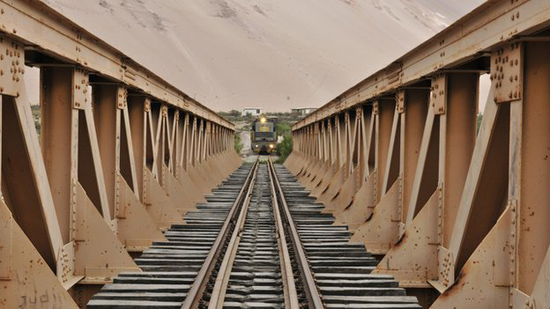
The Arica-La Paz railway was inaugurated on 13 May 1913, and runs from Chile's most northerly port, Arica, to Bolivia's commercial capital La Paz, 440km (273 miles) to the north-east.
Its construction was a remarkable feat of engineering.
(below) Built by the German company Philipp Holzmann, the railway crosses seven tunnels through the Andes.

The track rises from sea level to over 4,200 metres (13,800ft), making it one of the highest railway lines in the world.
(below) Trains travelling the route mainly transport copper, tin and wool.
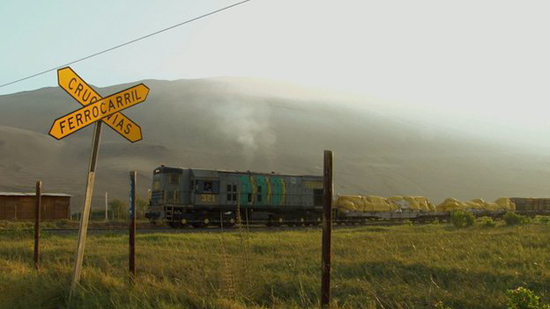
At some points, the gradient is over 6%. It was the world's steepest train track at the time of its construction.
PDF download -- see a detailed route map [245k]
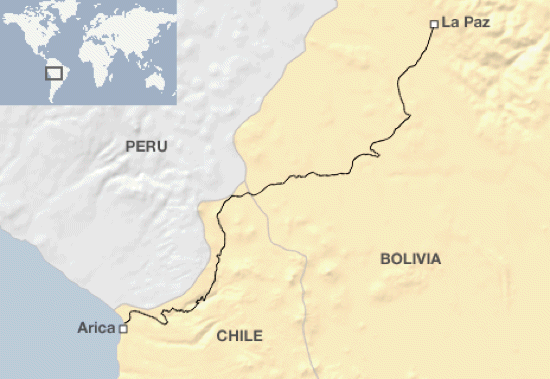
It winds through a landscape of desert and snow-capped volcanoes. It is split roughly half and half between the two countries, with 205km on the Chilean side of the border and 235 km in Bolivia.
The railway took seven years to build and employed thousands of workers in gruelling conditions. Many suffered from altitude sickness, sunstroke and extreme cold at night.
(below) Freight is now carried by lorries more often than trains, but when it was inaugurated in 1913, the railway was a key trade route.

Over the years, sections of the railway have been washed away by the flash floods that regularly hit the Bolivian highlands.
It was closed completely in 2005 but has since been renovated, and the Chileans say their part of it is now fully operative again.
(below)While its heyday as a transport route is over, the railway continues to have symbolic value linking Chile and Bolivia at a time when they are quarrelling over land at the International Court in The Hague.
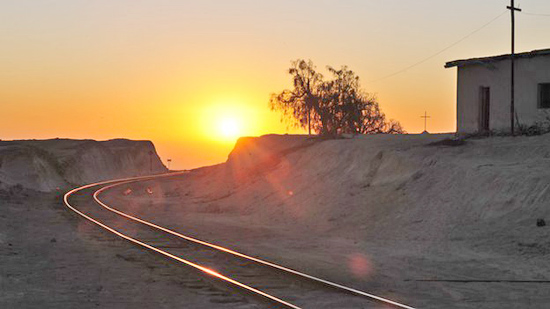
Compensation
The railway was built by Chile to compensate Bolivia for its loss of land during the 1879-1883 War of the Pacific.
Chile won the war and annexed a swathe of Bolivian land roughly the size of Greece, leaving Bolivia landlocked.
(below) Bolivia has accused Chile of failing to properly maintain the railway
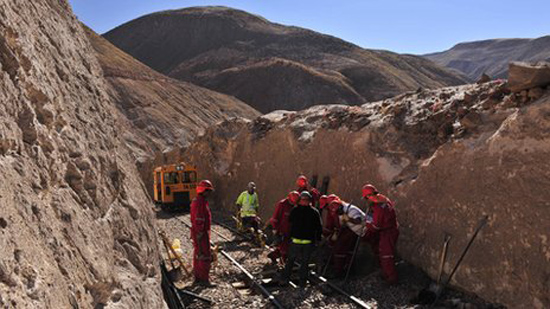
The idea behind the railway was to give Bolivia access to the sea for its exports. It cost Chile £2.75m to build - around £195m ($300m) in today's money.
The Bolivians still demand sovereignty over at least a part of their former Pacific coastline, and last month took their case to the International Court in The Hague.
To this day, the railway remains controversial. The Bolivians claim the Chileans have failed to maintain their side of it.
In January, Bolivian President Evo Morales challenged his Chilean counterpart, Sebastian Pinera, to ride the train with him "to prove that it's working".
Mr Pinera accepted the challenge but the trip has yet to materialise and it is difficult to imagine it will, given the countries' poor relations.
Those relations have deteriorated further in recent months, culminating in the decision to go to The Hague.
The Bolivians have accused the Chileans of being "the bad boy of the region" and of being "unfriendly, provocative and aggressive" for refusing to consider their sovereignty demand.
Chile has responded by accusing Mr Morales of distorting the truth when discussing the history of the dispute.
Past Glory
Monday's ceremony in Arica will be an all-Chilean affair, with no representatives from Bolivia.
(below) Stations have laid deserted since the passenger service closed in 1996
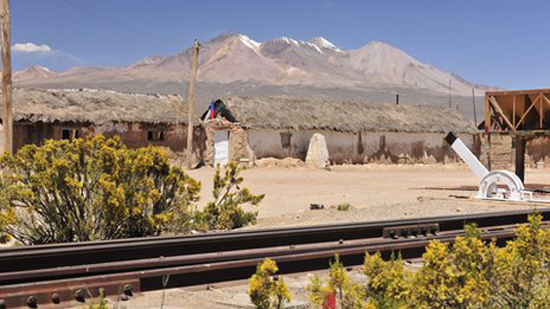
Mr Pinera will attend and take the train along part of the route, on the Chilean side of the border.
The glory days of the Arica-La Paz railway are probably behind it. The passenger service closed in 1996 due to a lack of demand and there are now paved highways between Bolivia and northern Chile.
Trucks rather than trains carry most of the cargo traffic.
But symbolically, the railway is still important.
It is one of the few things that link Chile and Bolivia - two nations divided by a formidable mountain range, a fraught history and an equally troublesome present.